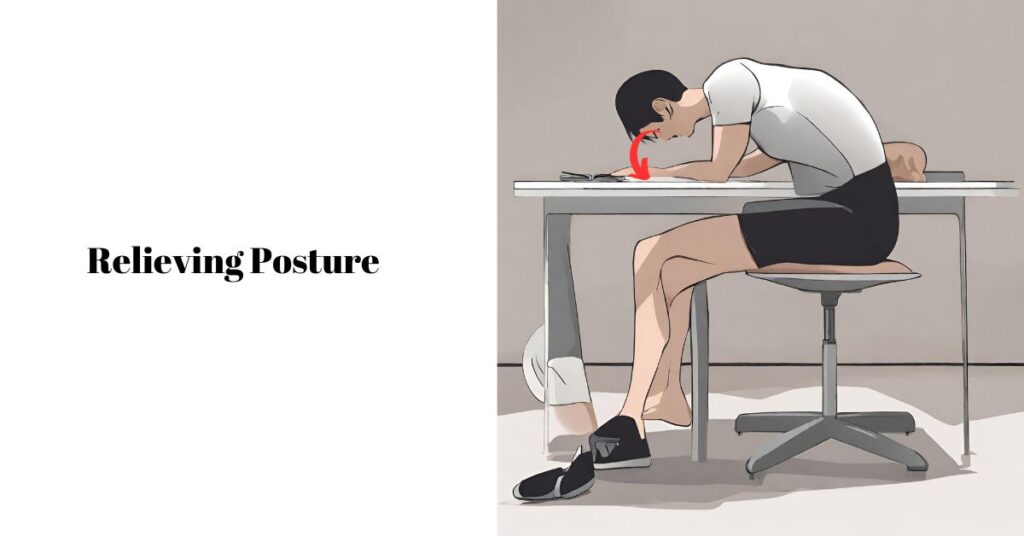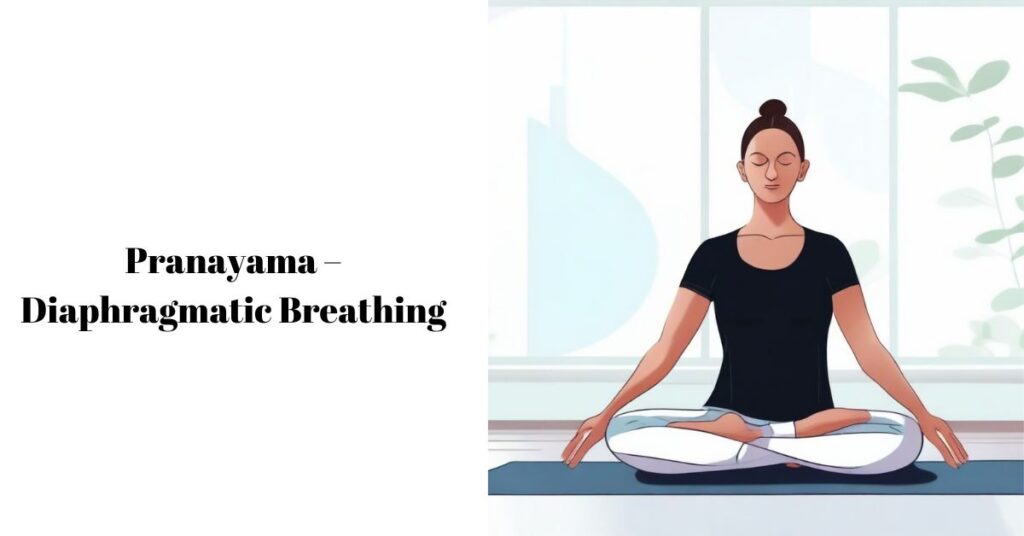Breathlessness, characterized by shortness of breath and a feeling of being puffed and winded, can be a distressing experience. It is often associated with stress, obesity, or chronic respiratory issues. In this article, we will explore various techniques, postures, and dietary considerations to Relieve Chest Tightness and Shortness of Breath and promote overall well-being.
Causes Of Chest Tightness and Shortness of Breath
There are several factors that can contribute to chest tightness, including
- Anxiety or Stress: Emotional factors like anxiety and stress can manifest physically, leading to sensations of chest tightness.
- Asthma or Allergies: Conditions affecting the respiratory system, such as asthma or allergies, may cause constriction in the chest.
- Acid Reflux or GERD: Gastrointestinal issues like acid reflux can result in a burning sensation and tightness in the chest.
- Muscle Strain or Tension: Overexertion or muscle tension, particularly in the chest area, can contribute to feelings of tightness.
- Respiratory Infections: Conditions like bronchitis or pneumonia may lead to inflammation, causing discomfort and tightness in the chest.
- Heart-related Issues: Serious cardiovascular problems like angina or a heart attack can present with chest tightness as a symptom.
- Costochondritis: Inflammation of the cartilage connecting the ribs to the breastbone can result in localized chest discomfort.
- Pulmonary Embolism: A blockage in the blood vessels of the lungs, known as a pulmonary embolism, can cause sudden and severe chest tightness.
- Panic Attacks or Anxiety Disorders: Intense anxiety or panic attacks can lead to physical symptoms, including chest tightness.
Manage Breathlessness: A Holistic Approach to Well-being
1. Relieving Posture

When experiencing shortness of breath, adopting a relieving posture can provide immediate relief. Sitting on a chair and leaning on a table, allowing the upper body to relax, is a simple yet effective method. Another option is lying on the side in the Dhradhasana position, focusing on smooth inhalation and exhalation to release trapped air in the lungs.
2. Aromatherapy and Oils

Aromatherapy, particularly with essential oils like eucalyptus and lavender, can help reduce inflammation in the airways and relieve congestion. Incorporating these oils into a routine can contribute to better breathing and a sense of well-being.
3. Yoga Asanas

Specific yoga asanas can aid in expanding the chest and lungs, promoting fuller and better breathing. Asanas such as Bhujangasana, Dhanurvakrasana, Adhomukha Shvanasana, Pavanaamuktasana, and Yastikasana, when practised regularly, enhance the flexibility of breathing muscles.
4. Pranayama – Diaphragmatic Breathing

Diaphragmatic breathing, a form of pranayama, involves deep breaths from the diaphragm. Practising this technique, whether lying down, sitting, or standing, helps improve breathing capacity and should be performed regularly for optimal results.
5. Dietary Considerations

Including mucolytic and expectorant-rich foods in the diet can aid in reducing inflammation and clearing respiratory obstructions. Turmeric, ginger, and cardamom are examples of expectorant foods. Additionally, a diet rich in healthy fibres from fruits, vegetables, legumes, millet, and lentils supports digestive health. It is advisable to avoid refined salt and sugar, opting for alternatives like rock salt, jaggery, and honey.
6. Mind Relaxation Techniques

Relaxation of the mind is crucial in managing breathlessness. Overthinking, anxiety, and worry can exacerbate the condition. Techniques such as Shavasana, a meditation on the breath, and Sukhasana (watching the breath) help calm the mind and promote mental well-being.
By incorporating these holistic approaches into daily life individuals experiencing shortness of breath can take charge of their well-being. Regular practice of these techniques not only provides immediate relief but also empowers individuals to prevent and manage respiratory issues effectively. Remember to prioritize the smooth movement of breath and a healthy mind will follow suit. Take care and embrace a balanced and mindful lifestyle.
Disclaimer: The information presented in the above blog regarding home remedies is provided for general knowledge and convenience. It is crucial to highlight that there is no scientific evidence supporting the efficacy of these remedies. Therefore, it is strongly advised to consult with an expert in the field before considering or attempting any of the mentioned remedies.